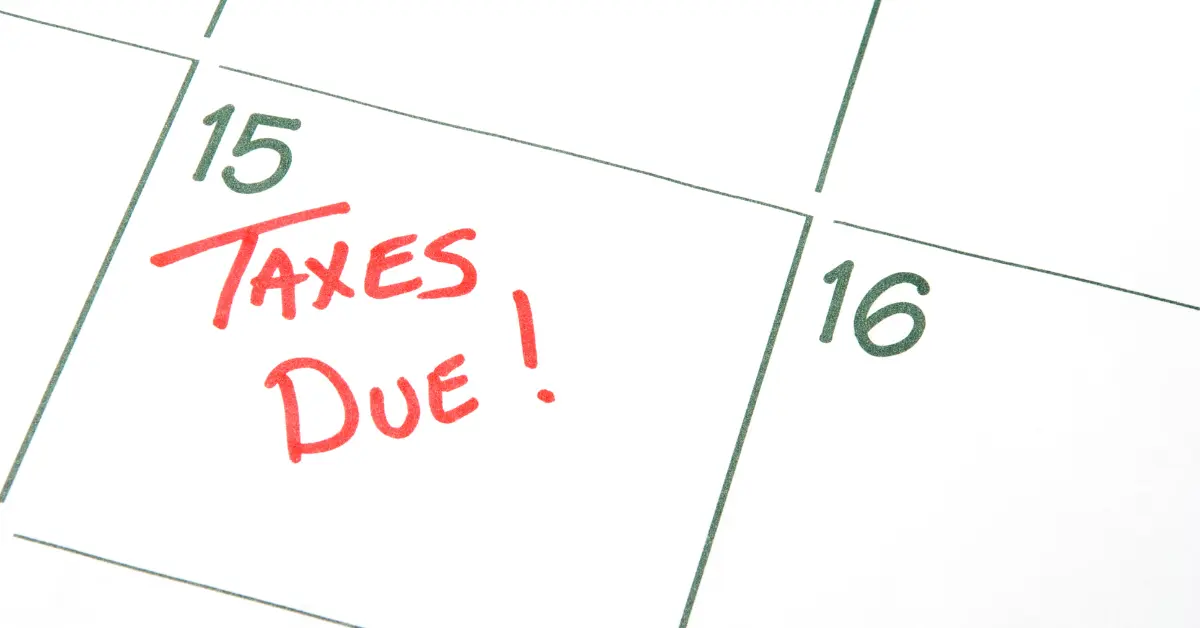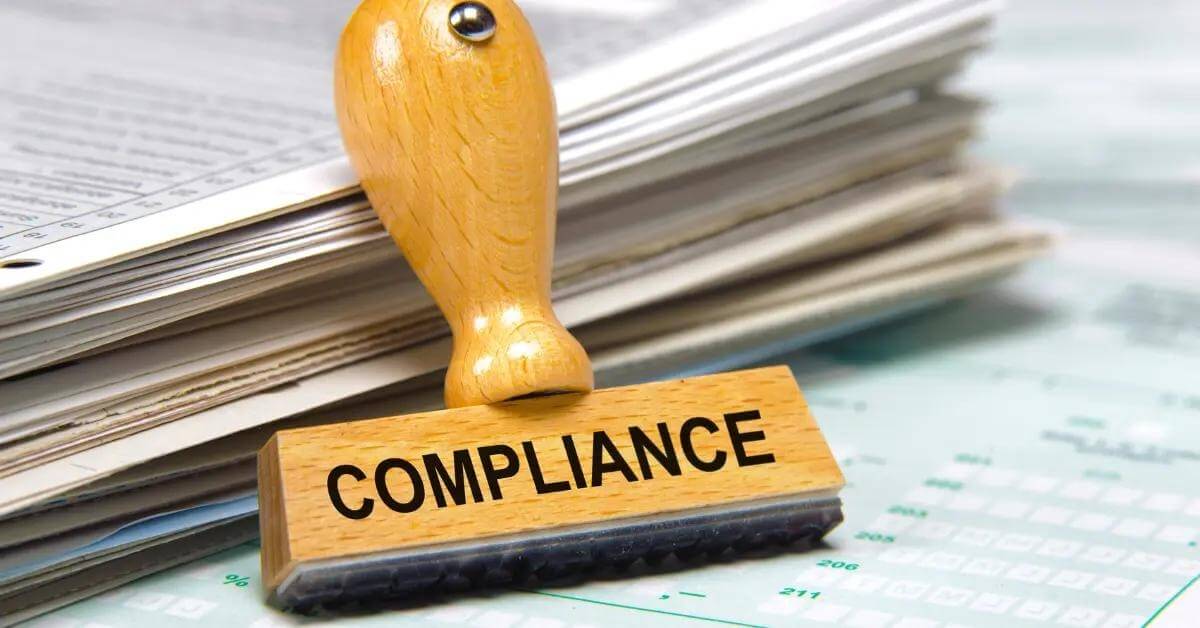Investing in stocks and bonds can be an excellent way to build wealth in the short and long term. There are certain tax implications of doing so, however, including an obligation to pay taxes on dividends earned each year from these fruitful investments.
Dividends are earnings distributed by a company to its shareholders, so you receive a portion of the company’s profits as a dividend payment when you own stock. This is one way investors earn money on stocks they own. Dividends may also come from mutual funds or exchange-traded funds, and companies might pay them in cash or offer additional stock shares or reinvestment programs. Many investors take advantage of the often-consistent income stream that dividends provide, especially if the company they’re investing in is large, successful, and reliable.
Certain taxes apply to dividends, though, so keep this in mind when you start investing. This guide will walk you through how taxes work on these earnings and steps to ensure you pay your taxes on them.

How Taxes on Dividends Work
There are certain tax-free options, but you must pay taxes on most dividends. It is first helpful to understand the differences between qualified and unqualified dividends, since their tax rates vary, in addition to exceptions to dividend taxation:
Qualified Dividends
Qualified dividends are paid by a corporation, and investors must meet a specific holding period requirement. You must have held an investment for over 60 days during the 121 days that began 60 days before the date the dividend is declared, which is also known as the ex-dividend date, date of record, or record date. You won’t receive the next dividend payment if you buy an investment on or after its ex-dividend date. The holding period includes the day you sold the security but not the day you purchased it.
Qualified dividends use the capital gains tax rate, and for 2020 these rates are as follows:
- 0% if taxable income is $40,000 or below for single filers, $53,600 or below for heads of household, and $80,000 or below for joint filers
- 15% if taxable income is:
- $40,001 through $248,300 for married filing separately filers
- $40,001 through $441,450 for single filers
- $53,601 through $469,050 for heads of household
- $80,001 through $496,600 for joint filers
- 20% if taxable income is above these upper limits
Unqualified Dividends
The IRS reports which dividends are not qualified in their publication 550. Unqualified dividends include those received from a farmers’ cooperative, capital gains distributions, and a few others. The IRS taxes these ordinary dividends according to the standard tax brackets for the tax year. All your dividends will be reported on the IRS Form 1099-DIV, and qualified dividends may just be a portion of that total, reported in Box 1b on the form.
Retirement Account Dividends
Dividends paid out on investments within certain retirement accounts are not taxable. These accounts include a Roth IRA, traditional IRA, or 401(k).
Income Thresholds
It is also important to note that if your taxable income is below the federal income brackets, dividends earned may not be taxable, as touched on above. Your 2020 dividends won’t be taxable if your income is $40,000 or below for single filers and $80,000 or below for joint filers.
Your tax rate can vary depending on the type of dividends you earn and your income. Note that interest dividends earned from state or municipal bonds are usually not taxable on the federal level, but you may have to pay the Alternative Minimum Tax (AMT). Talk to a tax professional if you need assistance determining which dividends are qualified.

3 Steps to Pay Taxes on Dividends
Taxpayers often have every intention of paying taxes on dividends earned but no idea how to do it. Start by gathering the proper forms and information when submitting your tax return, which a tax professional can help you with. Here are the basic three steps to get started:
1. Gather IRS Form 1099-DIV
Form 1099-DIV, Dividends and Distributions, is where your financial institutions will report what you earned in dividends on your investments. The institution will send you this form to report any earnings over $10 for the year. This form includes your personal information, who paid you the dividends, and the type and total dividends paid. It will also show you any taxes that have been withheld.
2. Use Schedule B
You will only need to use Schedule B, Interest and Ordinary Dividends, if you have received more than $1,500 in taxable interest or ordinary dividends for the year, if you are a signatory on an account in a foreign country, or if you have received or transferred funds in a foreign trust. This form includes fields for you to enter your name and information, interest amounts, ordinary dividends amounts, foreign accounts, and trust amounts.
3. Report and Pay by the Deadline
You will usually report and pay taxes on dividends with your regular tax return. The tax deadline is normally April 15 each year, though it was extended until May 17, 2021, for 2020 tax returns. Companies that need to report dividends, like brokerages, must do so on Form 1099-DIV earlier in the year. Their forms were due by February 1, 2021, for example.
Remember that you need to report all taxable dividends you earned during the year, even if you do not receive Form 1099-DIV for some reason. Make sure you include all amounts paid to you where applicable on Form 1040 and Schedule B. It is crucial that you never miss a deadline, so work with a tax attorney if you need assistance.

Contact a Tax Expert With Questions About Dividends
Preparing your taxes each year can become complicated if you have to report dividends you earned on investments. Silver Tax Group can help you navigate all applicable tax laws and rates, as they can change from year to year.
Contact our offices to speak with a tax expert about paying taxes on dividends or other taxation questions. We can also help you with tax audits, IRS defense, tax consulting, and much more.








